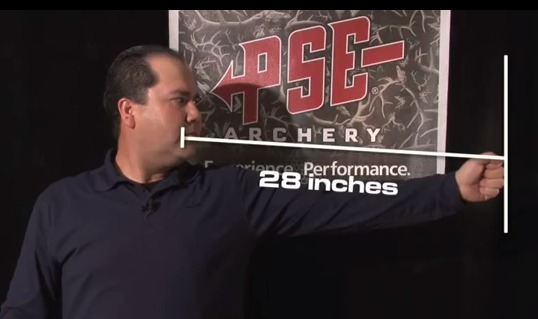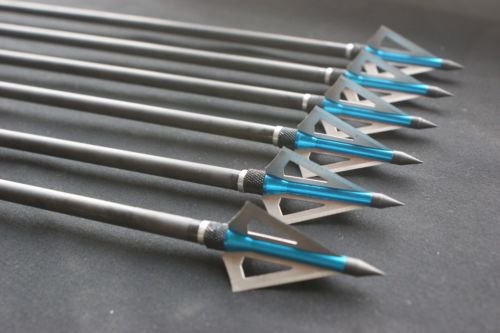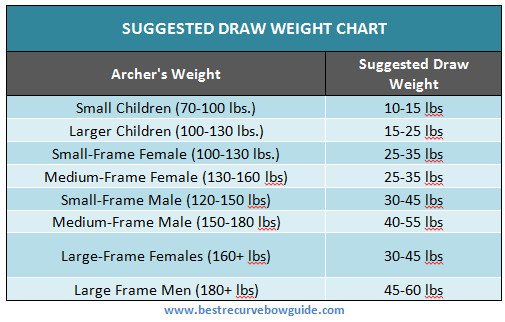Choosing the best arrow for recurve bows can be as daunting as selecting the first bow itself.
For beginners, the technical details, charts and measurements may seem like math homework, but rest assured that we’ve given our best to make this guide as simple and informative as possible.
Best Arrow For Recurve Bows on the Market:
Product | Images | Suitable for | Editor Rating |
|---|---|---|---|
 | Hunting | ||
 | Low weigth recurve bow | ||
 | Target shooting | ||
 | Target shooting and bow fishing |
Why Choose The Best Arrow ?
Archers in the movies Lord of the Rings, Huntsman and other ancient hunting films, does not seem to bother about arrow specifications.
Why can’t we just grab a stick, and shoot?
Two words: safety and accuracy.
Using weak or poor quality arrows that don’t match the power of your bow may prove unwise and unsafe for the archers.
When to shoot arrows, our aim is to shoot accurately towards the target.
Use a weak arrow, and the flight projectile will suffer.
Use an arrow that’s too heavy; then it might not even reach the range of your target location.

These are just some pointers, but we’ll start this homework with the Arrow Spine.
In archery, the arrow spine determines the flight performance of your arrow.
It’s a measure of the arrow’s stiffness or flexibility.
The best arrow spine should match three things:
1. Type of bow (Recurve bows for this guide)
2. Draw length
3. Draw weight
Given that we’re focusing on recurve bows, then we have the latter two items to focus on.
How to Find Your Draw Length:
There are two ways on how to measure your draw length; the simplest one is by:
Method 1 – Arm Span Measurement
For example, your arm span measurement is 70 inches. (70 in. ÷ 2.5 = 28 in. ← Draw Length)
Method 2 – Wall Measurement

How Long Should the Arrows Be ?
Now that you have your draw length measured, you can determent the ideal arrow length by simply adding 1-2 inches on that number.
For example, your draw length is 28 inches; then the best arrow length should be around 29-30 inches.
Arrow Length
A short discussion on arrow length – It’s the measurement from the crotch of the nock up to the beginning of the arrow point.
Take note of the endpoints, NOT the tip of the arrow and NOT the end the nock.
How Heavy Should the Arrows Be?

Now that we’ve discussed arrow spine and consistency let’s move to arrow weight.
Arrows are measured in grains, not grams, which a British metric system and 1 gr. are equivalent to 1/7000th of a pound.
How much should arrows weigh?
What does arrow weight have to do with shooting?
The answer will depend on what you’re shooting at.
A quick brush on projectiles and physics:
Does this mean that lighter arrows are always better?
Lighter arrows will reach your target faster but won’t necessarily mean it will penetrate better.
How to Find Your Draw Weight:
Knowing how to find the correct draw weight for your recurve and arrows is a basic skill for archers.
Beginners who have never shot an arrow before should always start with the lowest, then work their way up as they progress in training and practice.
Draw Weight – This is the maximum amount of weight an archer can pull while drawing the bow.
Here’s a chart of suggested draw weight based on the archer’s frame and weight.
Remember, these are suggested weights, and it’s always best to start with the lowest number.
Archery won’t be fun if the bow is too hard to pull.
Apart from that, it’s not good for your shoulders, joints, and muscles.

If the archer has never pulled a bow before, start with the lowest draw weight, 10 pounds.
After a couple of weeks of constant practice, and once the muscles have gone used to pulling such heavy weights, you can add more weight and power.
Intermediate archers also modify their draw weight based on their target or type of archery.
Determining the Shaft Size and Other Specifications:
Now that you have calculated your draw length, draw weight and have an idea about arrow weight, you can now determine your arrow spine and shaft size.
Let’s take a look at the Easton Arrow Length Chart for Recurves. Here’s a snapshot from their guide:

For a full copy of the 2018 Easton Bowhunting Arrow Selection Chart, click here.
The chart above with help you determine the best arrow for recurve bows based on Easton standards.
To use the chart, follow the steps:
For example, you have 100-grain point working at 35 lbs.
Draw weight, and that you’ve determined that your draw length is around 29”, the corresponding key size is D.
Based on Easton Arrow Shaft Selection Guide, here’s a snapshot of group D.
For lower draw weight and low poundage targets, there’s also a chart that you can follow at the first document of the Easton Arrow Selection Guide.
Which Arrow Material Should I Get ?
There are five types of arrows in archery classified based on the material used: Wood, Aluminium, Carbon, Fiberglass and Composite arrows.
Like many things we buy, each one has its advantages and disadvantages.
A. Wood Arrows
Old school wooden arrows have long been favored by traditional archers who use low-weight recurve bows.
It’s cheap and highly recommended for beginners; however, expect low consistency on arrow spine performance due to inconsistent characteristics of wood.
These can break easily, which is also why it’s not recommended for high power recurve bows. What type of wood? Choose Cedar.
Pros
Cons:

Huntingdoor 12 Pcs Turkey Feather Fletching Wooden Target Arrows with Field Points for Recurve Bow or Longbow
B. Aluminum Arrows
Aluminum arrows are the most popular types of arrows used by modern archers.
Because of this material’s lightweight property, many tournament archers prefer this for practice and during target shooting.
These can be reused several times, and standard types are often compatible with different type of arrow points.
Pros
Cons:

My Choice: Feather Fletched Easton XX75 Jazz Aluminum Arrows 6-pack
C. Carbon Arrows
There is a lot to like on carbon arrows, and there’s a growing trend towards this type.
Advance archers that go for hunting bows prefer this material over others.
The only downside is the price; it can be expensive compared to aluminium arrows.
Pros:
Cons:

My Choice:
Huntingdoor 30" Archery Carbon Target Arrows
D. Fiberglass Arrows
Fiberglass was once the buzzword for the material of choice when it comes to durability.
It’s a good material of choice for target archery and bow fishing.
Regarding weight, these can be the heaviest among all the types of arrows, so don’t expect these to break any speed records on the field.
Pros:
Cons:

NuoYa001 Archery Fletched Fiberglass Nock Arrows (6 Piece), Large
E. Composite Arrows
If you’re into competitive archery, this is the type to invest in. In simple terms, these are aluminium arrows wrapped with carbon fiber.
Considering how ultrafast aluminium arrows can be, and how durable carbon sheets are, it’s two great things fused into one.
If you have a larger budget for this type of arrows, consider consulting a coach or expert in determining the right specifications for your recurve bow.
Pros:
Cons:
Final Thoughts:
To summarize, choosing the best arrow for recurve bows is more than just pulling one from your quiver.
You’ll need to analyse and match the arrow specifications based on your draw length, draw weight, and type of archery you’re engaged with.
As a beginner, aluminum and carbon arrows are recommended.
For advanced archers, this can go beyond basic details, which includes arrow weight, nocks and fletching.

I am a beginner and I was told that you need real feathers when shooting a recurve bow. Is this true?
Not really imo, but I saw many recurve archer picked the “Huntingdoor 12 Pcs Turkey Feather”. There must be a reason behind it.
One of the easiest to follow descriptions for a beginner I have read. Thankyou.
Most youtube vids jam 30 seconds of content into a 20 minutes video[ shaking head]
So thankyou. I found this helpful.
Although the reviews of the carbon huntingdoor arrows I read, after reading this article seem pretty terrible?
I finally decided on the mybo flite arrows. Quite cheap and mostly excellent reviews, and cheap as well.
Best.
Nice to hear that, David. Although these are my personal reviews, but you always could have other suitable options.